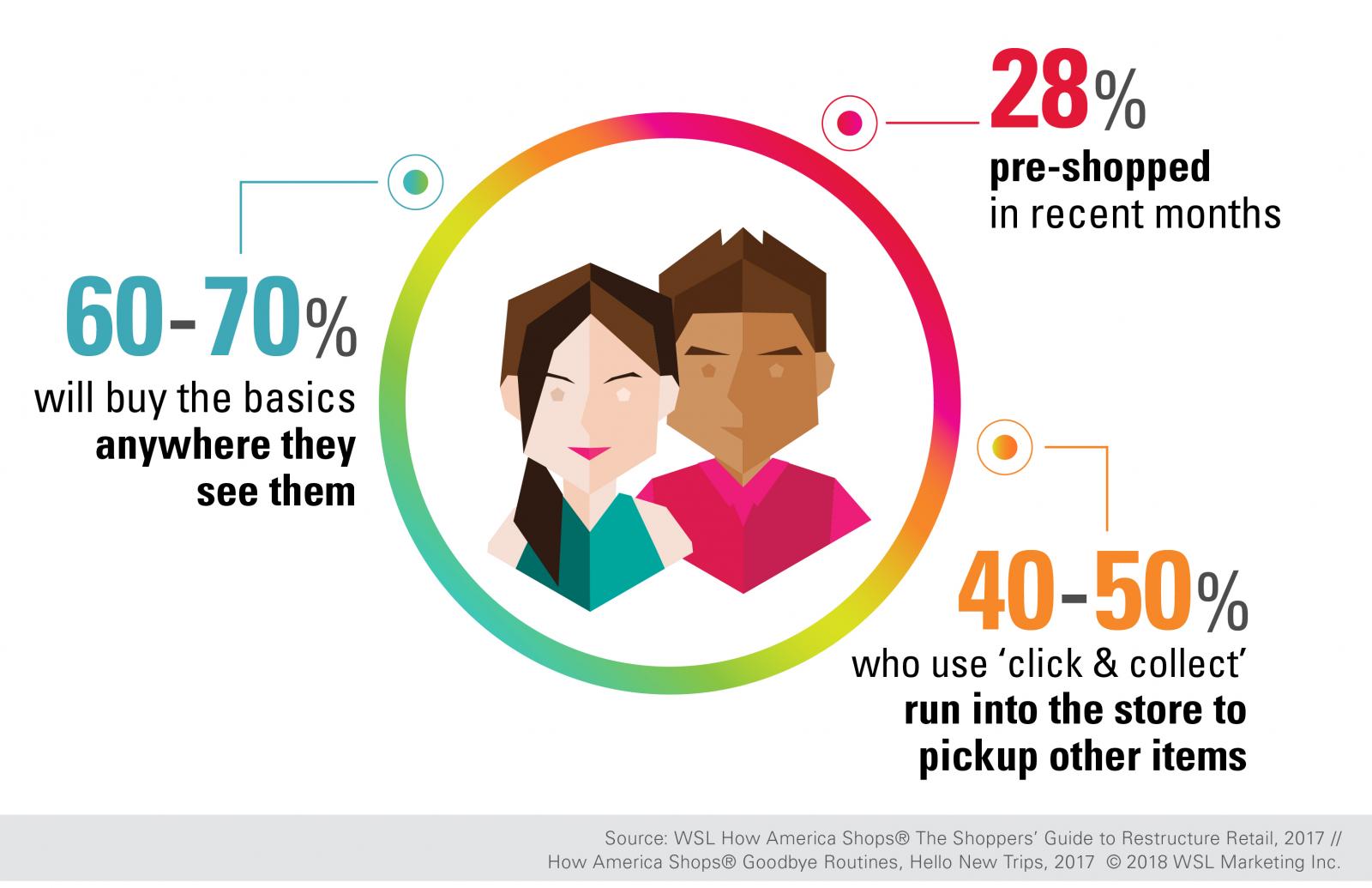Shoppers demand to make purchases in different ways, and those different ways are changing. To cross their paths, a merchant needs to connect with shoppers in the fleeting moments when they may be considering a purchase. Here are three ways to do so.
The shopper left for the store as focused as a missile, but something en route changed their course, and that might have cost you the sale.
Put simply, they changed their mind. We’ve got an average attention span of about eight seconds, yet the shopper is inundated with an unending stream of messages and other distractions. So they change their minds – again and again.
Shoppers not only demand to buy from brands in a variety of ways depending on their needs, but they’re choosing ways that are prone to change – frequently. The juicer they entered the store to buy has transformed into a food processor they found on a retail app while standing in front of the juicer.
In short, winning the shopper means getting in their way, and that requires connecting with them at that precise moment they may be considering your brand. These findings bear it out:

Shoppers might have missile-like focus, but they are opportunists first.
3 Steps for Merchants to Cross Shopper’s Pathes
And so the retail world spins swiftly on the shopper’s finger. They have no need to prepare; they can pick up what they need at the moment, whether they’re at the kitchen counter or the back seat of a taxicab.
Landing that shopper, therefore, means getting in their way. Here are three ways to do so.
1. Expand the brand:
Smart merchants are adding unexpected services or products that complement the mix. The Amazon-Whole Foods deal is the most obvious example. Less predictable is the alignment of Lowe’s with the techie merchant B8ta at three California stores. Through this partnership, these brands place new smart-home products literally in the shippers’ path so they can try the items before committing.
2. Be an opportunist:
Think like shoppers and learn from them. Walmart is expanding its home delivery options through a partnership with shopper-friendly Uber. Home Depot has joined Google Express (along with Walmart) so consumers can order items through voice activation. These brands are placing themselves at the center of where shoppers are heading, and capturing valuable insights to instruct their messaging along the way.
3. Offer one indispensable feature:
If retailers and brands can’t be all things to all shoppers at all times, they can at least be the best in one area that is incredibly important. The grocery shopper may visit one store for quick trips but another for prepared foods. They may choose one chain specifically for its private label (Like Trader Joe’s or Whole Foods), or because it offers free coffee and they’re a bit sluggish. Each merchant should pick a pleasure category and own it.
Lastly, retailers should be balanced. Being in the shopper’s way means not being shy, but we shouldn’t be pushy, either. An easy rule of thumb is to place evident value squarely in the center of all encounters. Shoppers may change their minds, but they know what matters to them, and they are intolerant – even unforgiving – of irrelevance.
There’s no getting around that.

